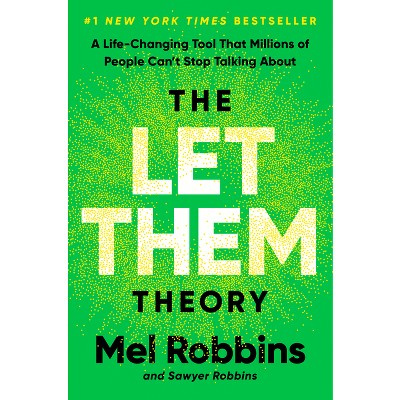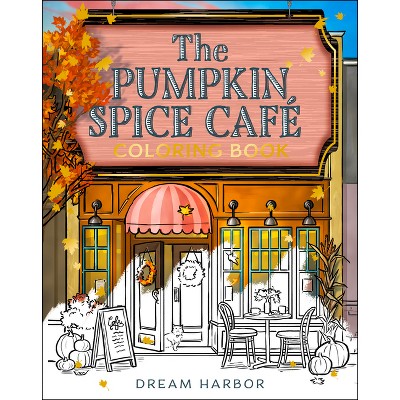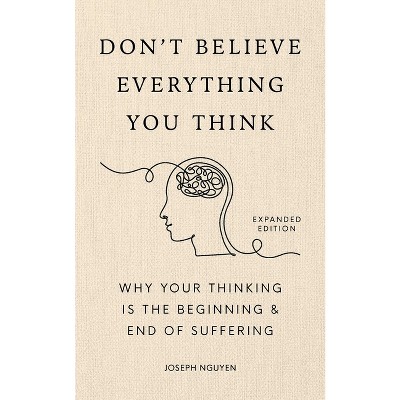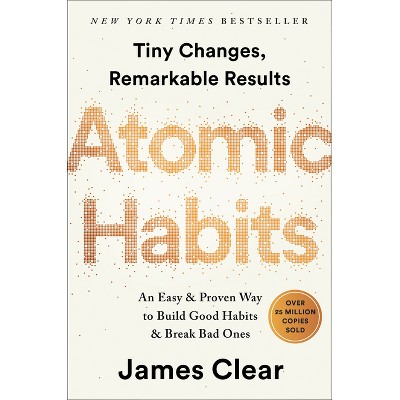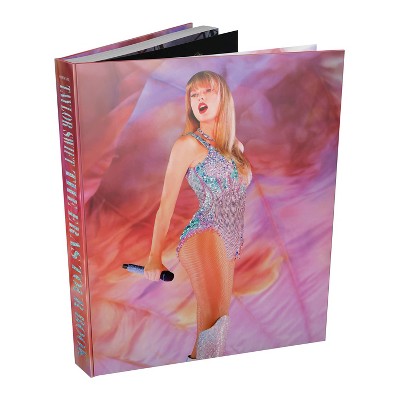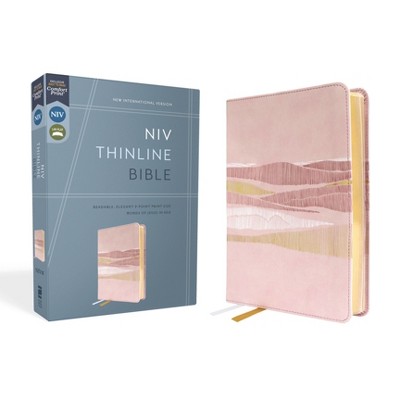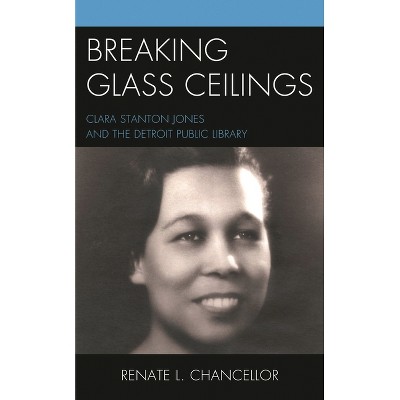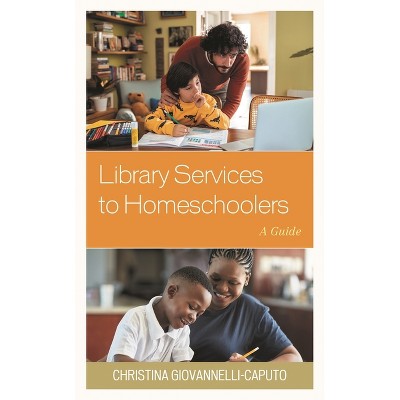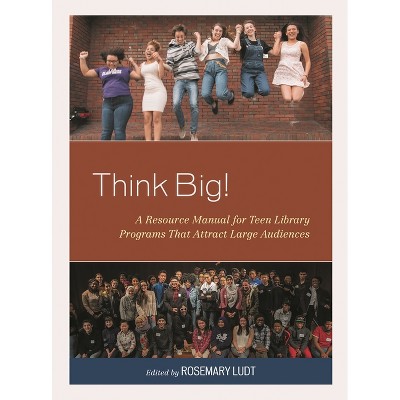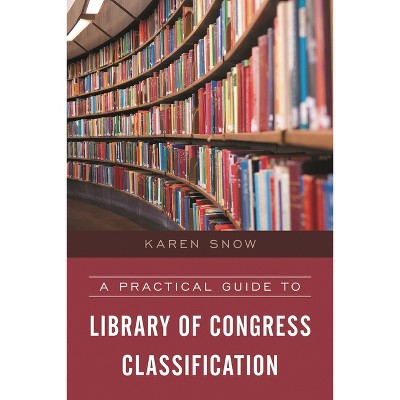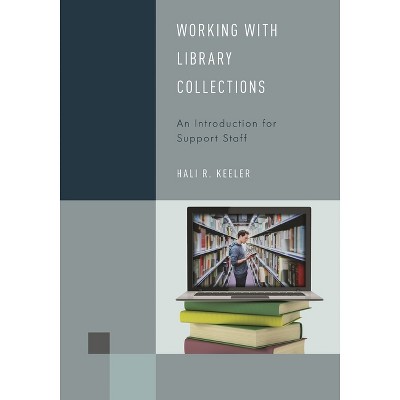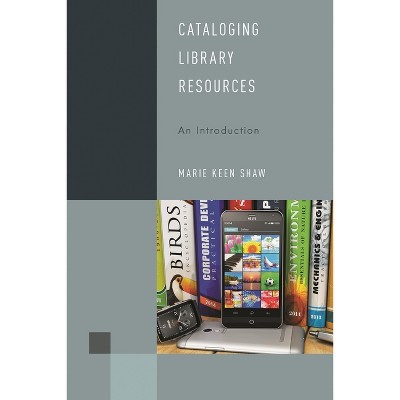How to STEM - by Carol Smallwood & Vera Gubnitskaia (Paperback)

$92.00 when purchased online
Target Online store #3991
About this item
Highlights
- In How to STEM: Science, Technology, Engineering, and Math Education in Libraries, the contributors have provided a cornucopia of ideas on how libraries can engage youth in the crucial subjects of science, technology, engineering and math.
- About the Author: Carol Smallwood received a MLS from Western Michigan University, MA in History from Eastern Michigan University.
- 298 Pages
- Language + Art + Disciplines, Library & Information Science
Description
About the Book
In How to STEM: Science, Technology, Engineering, and Math Education in Libraries, the contributors have provided a cornucopia of ideas on how libraries can engage youth in the crucial subjects of science, technology, engineering and math. The twenty-five chapters cover exciti...Book Synopsis
In How to STEM: Science, Technology, Engineering, and Math Education in Libraries, the contributors have provided a cornucopia of ideas on how libraries can engage youth in the crucial subjects of science, technology, engineering and math. The twenty-five chapters cover exciting ideas for this engagement ranging for those applicable for pre-schoolers to those for college students. Written by a very diverse group of authors from public libraries and academiaReview Quotes
f you are considering developing a STEM program for your library, this book is an excellent place to start. Through this useful guide, the editors show how librarians are avidly involved in the national STEM education movement. The editors have organized 25 chapters into 8 parts, covering an array of STEM activities for libraries. The authors guide you through their projects, how they got started, and what choices they made. Drawing upon their first-hand experiences, they communicate both successes and pitfalls encountered along the way. . . .The book presents constructive ideas and methods to integrate quality STEM programs in an effective way. Librarians are featured as creators, innovators, and mentors in learning environments centered on creativity. This how-to resource is highly recommended for a wide audience of librarians who are sure to motivate future scientists, computer professionals, engineers, and mathematicians.
A great resource for public and academic librarians who wish to incorporate STEM in their information literacy classes, library programming, events, and outreach.
Best practice examples and constructive advice will inspire and support STEM in any library, helping to embed the librarian as an indispensible cog in this nationwide initiative.
Busy librarians will appreciate this timely idea book, which offers many solutions for helping patrons of all ages and experience levels to engage in science, technology, engineering and math at their libraries-even better, there are ideas here for every librarian's budget, no matter how tiny!
Edited by Carol Smallwood, a prolific editor of works, in conjunction with Vera Gubnitskaia, a manager at the Orange County Library System, Florida, this work brings together 25 chapters organized into 8 sections: Range and Scope; Teaching; Information Literacy and Educational Support; Collection Development; Research and Publishing; Outreach; Partnerships; and Funding. Thirty-four public and academic librarians from the United States share their experiences and knowledge on how libraries can engage youth in science, technology, engineering, and math. The work provides exciting ideas to encourage engagement from preschoolers to college students. The chapters provides practical ideas that are completed with instructions, supply lists, related educational standards, and reading lists. Activity ideas include science activities for preschoolers, partnership programs featuring LEGO, and animation workshops for teens. Students and practitioners alike will benefit from these tips and tales from the trenches.
From pre-school to college, programs to funding, this timely collection of how to articles has something helpful for libraries of all kinds. It offers inspiration and ideas even for those not fully versed in STEM.
From preschool through high school to providing support in project planning and grant writing, this anthology presents relevant chapters covering the broad spectrum of just about everything the librarian needs to know about STEM.
I highly recommend this down to earth treatment of the subject.
Science, Technology, Engineering, and Math (STEM) is now a staple of educational planning and program evaluation. This book provides an excellent resource for teachers and librarians interested in the standards, applications, trick, traps, and assumptions of this education standard.
The very comprehensive grant writing chapters for STEM grants are informative, enlightening, and useful in so many ways.
Valuable insights from academic and public library practitioners on ways to make our hard and applied sciences collections more relevant to patrons of all ages.
About the Author
Carol Smallwood received a MLS from Western Michigan University, MA in History from Eastern Michigan University. Librarians as Community Partners: an Outreach Handbook; Bringing the Arts into the Library are recent ALA anthologies. Others are: Women on Poetry: Writing, Revising, Publishing and Teaching (McFarland, 2012); Marketing Your Library (McFarland, 2012); Library Services for Multicultural Patrons: Strategies to Encourage Library Use (Scarecrow Press, 2013). Her library experience includes school, public, academic, special, as well as administration and being a consultant; she's a poetry Pushcart nominee.
Vera Gubnitskaia, a manager at the Orange County Library System, Florida, obtained her library degrees from Moscow Institute of Culture (Russia) and Florida State University. Vera worked in public and academic libraries in Russia and USA. She co-edited Marketing You Library (McFarland 2012) and Continuing Education for Librarians (McFarland 2013). Her chapters appeared in the Librarians as Community Partners (ALA 2010) and in Library Management Tips that Work (ALA 2011). Her reviews were published by the Journal of International Women's Studies and Small Press Review.Dimensions (Overall): 9.0 Inches (H) x 6.0 Inches (W) x .9 Inches (D)
Weight: .9 Pounds
Suggested Age: 22 Years and Up
Number of Pages: 298
Genre: Language + Art + Disciplines
Sub-Genre: Library & Information Science
Publisher: Rowman & Littlefield Publishers
Theme: General
Format: Paperback
Author: Carol Smallwood & Vera Gubnitskaia
Language: English
Street Date: December 5, 2013
TCIN: 1004175753
UPC: 9780810892736
Item Number (DPCI): 247-28-7299
Origin: Made in the USA or Imported
Shipping details
Estimated ship dimensions: 0.9 inches length x 6 inches width x 9 inches height
Estimated ship weight: 0.9 pounds
We regret that this item cannot be shipped to PO Boxes.
This item cannot be shipped to the following locations: American Samoa (see also separate entry under AS), Guam (see also separate entry under GU), Northern Mariana Islands, Puerto Rico (see also separate entry under PR), United States Minor Outlying Islands, Virgin Islands, U.S., APO/FPO
Return details
This item can be returned to any Target store or Target.com.
This item must be returned within 90 days of the date it was purchased in store, shipped, delivered by a Shipt shopper, or made ready for pickup.
See the return policy for complete information.
